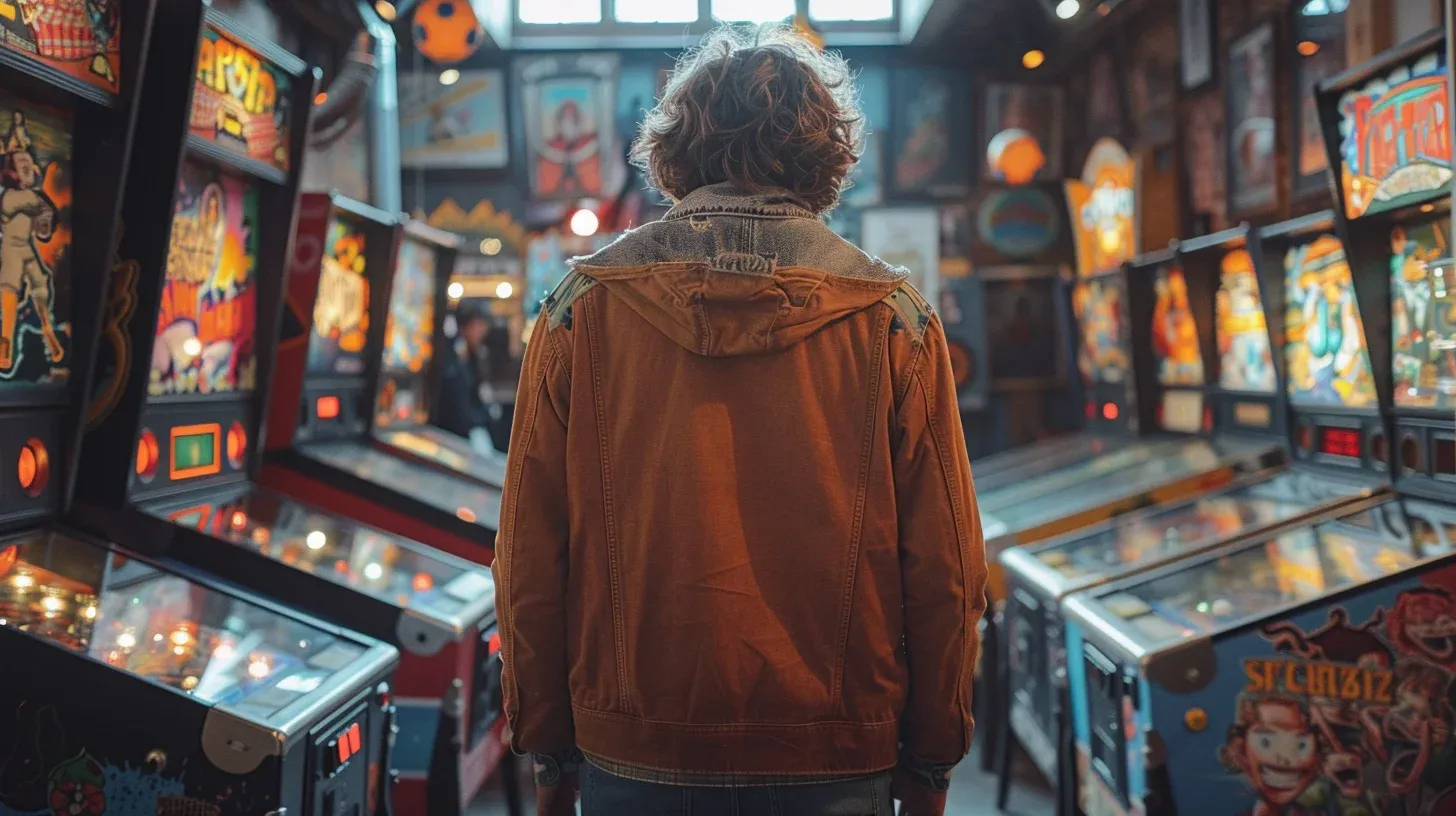26 February 2024
Pinball Machines Journey Through Time.

Press the play button in the top right corner to listen to the article
The fascinating history of pinball machines traces back to the 18th century, beginning as a French tabletop game called "bagatelle." Originally a mix of billiards and shuffleboard, players used a cue to shoot balls into holes guarded by metal pins. The game's evolution took a significant turn in the 1930s in America, morphing into the pinball machine we recognize today. This transformation was marked by the introduction of a coin-operated mechanism, a spring-loaded plunger to launch the ball, and the iconic glass-covered cabinet filled with lights, obstacles, and flippers.
The golden age of pinball machines emerged in the 1940s and 1950s, becoming a staple of American culture. They were found in arcades, bars, and other public spaces, symbolizing the post-war era's leisure and entertainment boom. However, the journey wasn't without its challenges. In the early 1940s, pinball was banned in many major cities across the United States, including New York City. The ban, lasting until the mid-1970s, was based on the belief that pinball was a game of chance rather than skill, associating it with gambling.
The turning point for pinball's legal battles came in 1976 when Roger Sharpe, a journalist and skilled pinball player, testified before the New York City Council. Demonstrating that pinball was a game of skill, Sharpe played a decisive shot in a demonstration, leading to the lifting of the ban and the resurgence of pinball's popularity.
Technological advancements in the late 20th century brought new life to pinball machines. The incorporation of digital displays, complex gameplay narratives, and elaborate designs transformed the pinball experience, making it more engaging and interactive. Themes ranged from pop culture and movies to sports and beyond, capturing the imaginations of players of all ages.
Despite the rise of video games in the 1980s and 1990s, which led to a decline in pinball's popularity, the 21st century has witnessed a resurgence of interest. The nostalgia factor, combined with the unique physical interaction offered by pinball machines, has fueled a revival in both playing and collecting. Modern manufacturers like Stern Pinball and Jersey Jack Pinball have continued to innovate, introducing machines with cutting-edge technology and intricate designs.
Pinball's enduring appeal lies in its combination of skill, luck, and artistry. Each machine is a work of art, from its detailed playfield to its vibrant backglass artwork, offering a tactile and immersive experience that digital games struggle to replicate. Tournaments and enthusiast communities have flourished, celebrating the game's rich history and bright future.
As we look back on the journey of pinball machines, from their humble beginnings to their status as cherished icons of pop culture, it's clear that their allure transcends generations. Pinball machines have not only survived the test of time but have adapted and thrived, securing their place in the annals of entertainment history.
The content, including articles, medical topics, and photographs, has been created exclusively using artificial intelligence (AI). While efforts are made for accuracy and relevance, we do not guarantee the completeness, timeliness, or validity of the content and assume no responsibility for any inaccuracies or omissions. Use of the content is at the user's own risk and is intended exclusively for informational purposes.
#botnews















































































